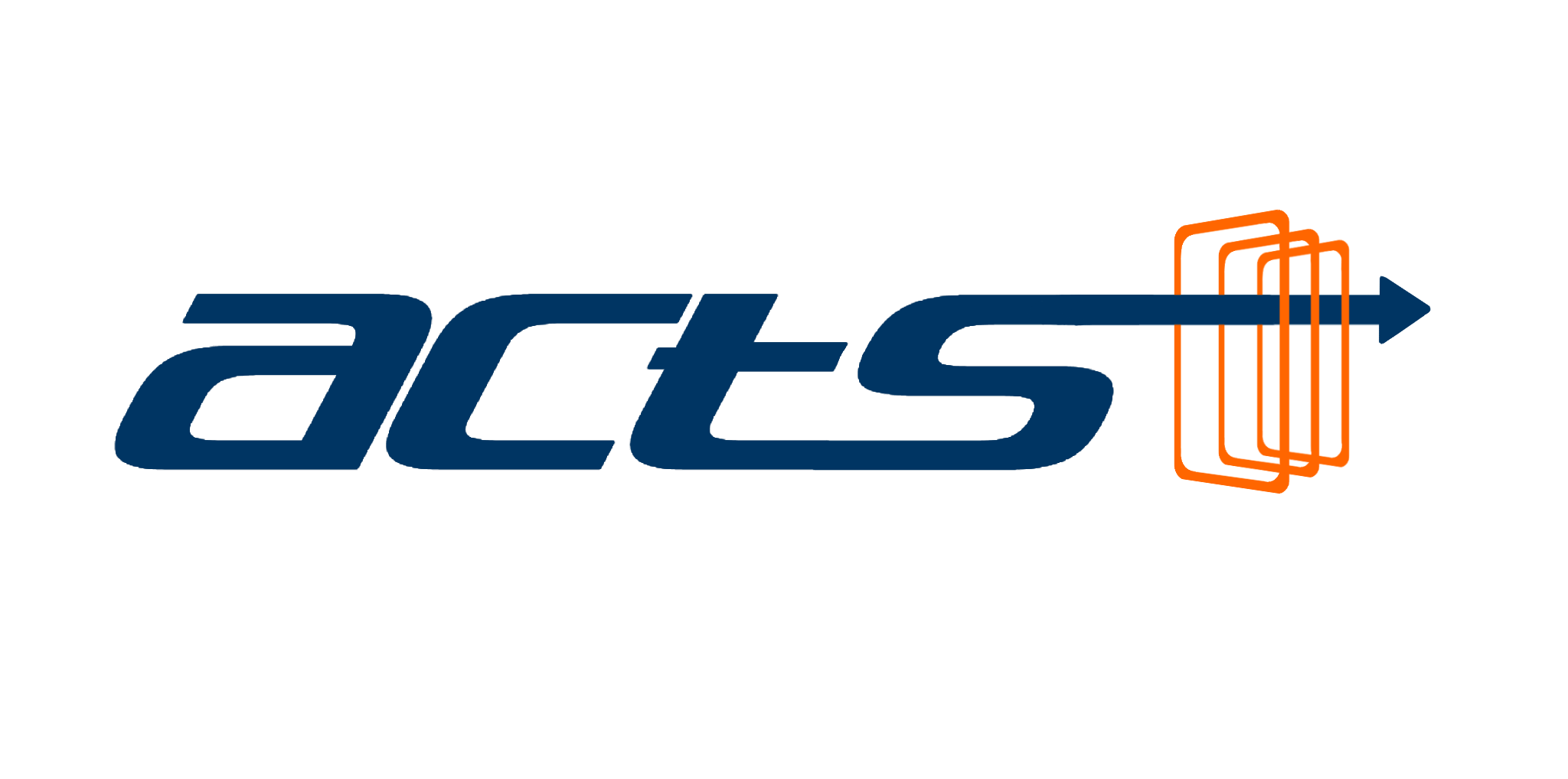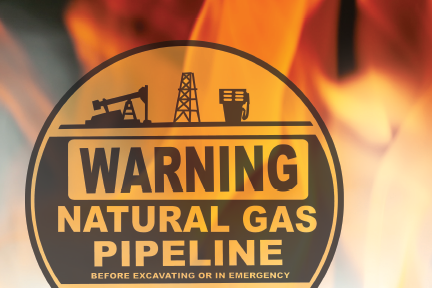By Doug Meeks
Texas 811
In the world of “Know What’s Below, Call 811 Before You Dig”, we are accustomed to protecting pipelines from damage from routine construction and maintenance activities and the system works pretty well, even in emergency situations. By calling 811, participating pipeline and utility operators are notified of your intent to excavate and will respond to identify the approximate location of their underground line, enabling you to excavate safely and without damage to the underground pipeline or cable. That’s the norm for most, but one area where the 811 call centers have seen a disconnect with the “call 811 before you dig” process is prescribed burns and wildland fires. Granted, in Texas, we tend to have minimal regulatory guidance so I’ve yet to see any government agency or industry associations mention the necessity of including a call to 811 in prescribed burn templates/best practices or in wildland fire emergency response.
In regard to pipeline safety, farmers and ranchers tend to be comfortable with conducting prescribed or controlled burns, especially since the area to be burned is familiar to them and there is somewhat of a relationship with pipeline companies traversing their land. With a well-thought-out burn plan, this land management practice poses little danger to the safe operation of underground pipelines, however certain things need to be considered prior to conducting your burn. For your safety, maintaining the integrity of the pipeline, and to avoid potentially polluting your land and waterways, please call 811 prior to any soil-disturbing activity, especially within the pipeline ROW. You’d be surprised at how often I hear “I thought that I knew where it was” or “It was supposed to be deeper than that, or at least it was five years ago when the pipeline company showed me” right after a major incident occurred. Pipeline safety considerations in planning a prescribed burn are pretty basic with consideration in calling 811 if you intend to scrape vegetation and planning for the protection of pipeline warning signs and any other above ground infrastructure from being damaged by the fire. While many pipeline warning markers are made of metal, other styles are made of fiberglass or polyethylene plastic which can be damaged or destroyed. Since every pipeline marker is required to identify the product being transported as well as the name of the pipeline operator and their emergency contact information, contact them for prompt replacement if for any reason a pipeline marker is damaged or destroyed. A reminder that pipeline markers only indicate the general location of buried pipelines, so they should never be used as a reference for the exact location of a pipeline.
Consideration of pipeline safety during routine activities like a controlled burn is one thing, but the impact of advancing wildland fire to ranchers and large tract owners is something else altogether. Consider that if you and your neighbors had to take emergency action ahead of advancing wildland fire to protect life and property before the calvary arrived, it could place you in unfamiliar terrain using heavy equipment and risk of making a bad situation worse if you were to inadvertently strike a pipeline. Many of these folks may even have experience in responding to wildland fires as a volunteer firefighter or heavy equipment operator, but few ever consider how pipeline could be impacted if proper precautions aren’t taken before, during, or after the fire.
In early 2011, Texas was just entering its worst wildland fire season in recorded history when over 4 million acres burned, destroying almost 3000 homes and resulting in 6 deaths. By April, we began to hear of high-pressure transmission pipelines being damaged by landowners, contractors, and fire services personnel cutting firebreaks ahead of the wildland fires with bulldozers and motor graders. It became apparent that even though many of these equipment operators were familiar with 811, it never crossed their minds to call 811 under those circumstances. We learned a lot about the impact of wildland fires on pipelines that year, a topic that hadn’t previously crossed our minds at Texas811. Working with the Texas A&M Forest Service, we worked to address the unique nature of wildland fires to venture beyond the traditional concept of 811; if the responding agencies notify 811 upon their initial response of the approximate location and projected direction of travel, a broad area notification can be sent out with instructions for the facility operators to contact a designated liaison within the incident command system. Physical locates are not requested but if the operators determine a potential impact to their facilities, they can provide information on what the emergency responders can expect. For example, if a transmission pipeline traverses the area ahead of the fire, the pipeline operator can have direct communication with the Incident Commander to provide latitude/longitude coordinates as well as instruction to the equipment operators on identifying the presence of a pipeline. In the oil patch, gathering lines of all sizes and associated system appurtenances are routinely encountered at shallow depth or even laying on top of the ground and as a predictable hazard, the equipment operator can be warned of how best to protect themselves in the event of a product release. Traditional pipeline rupture safety instruction of “abandon the equipment in place” doesn’t work in a wildland fire as the heavy equipment is the operator’s ticket out of harm’s way. And finally, the facility operators have advance warning that their system is subject to potential outage so they can take steps to prepare for impact which is especially important for rural electric and telecommunications providers.
As described above, using the 811 system is an effective communication tool between responding agencies and the pipeline operators and it can be just as beneficial to ranchers and large tract owners in similar situations where they may be the first line of defense. If you need to create firebreaks using your own equipment, make the emergency call to 811 and the pipeline operators in the vicinity will be notified of your location and can provide instruction on where their pipelines are located, the product they are carrying, and how to protect yourself if you were to inadvertently rupture it. If you haven’t previously considered how a wildland fire could impact your property and adjacent tracts, now is the time to identify any potential and existing hazards and plan accordingly. Contact your local AgriLife extension agent and discuss your options.
Calling 811 is just as important after the fire. If wildfire has damaged your property, one important phone call can help you avoid another major problem during the clean-up. If digging is part of your wildfire recovery, whether replacing fence posts, repairing piping or cable, demolishing burned outbuildings, burying livestock – or any other task that requires you to dig – always call 811 to request the location of underground utilities and pipelines.
At Texas811, we welcome any and all opportunities to work with Texas A&M AgriLife agents and landowners in all 254 counties of Texas in meeting our mission “To facilitate damage prevention, promote public safety and protect the environment through stakeholder education and communication.” To request a free pipeline safety meeting, contact me directly at dougmeeks@texas811.org or through www.pipelineagsafetyalliance.com.

